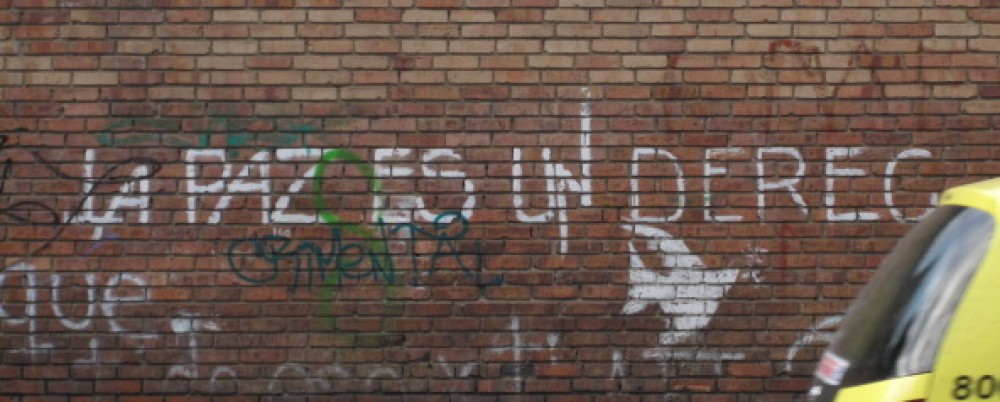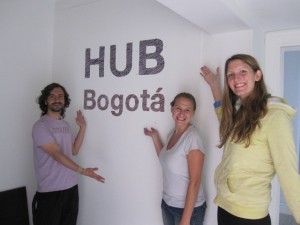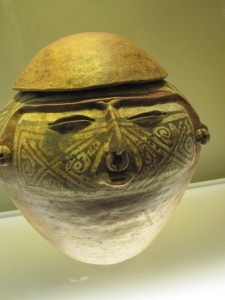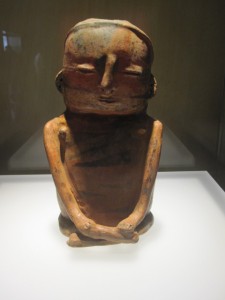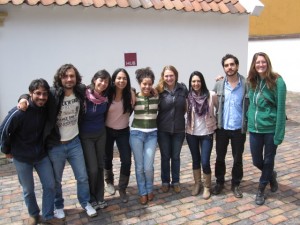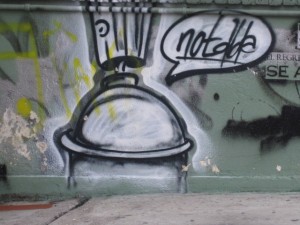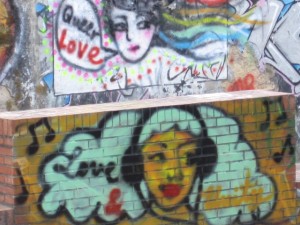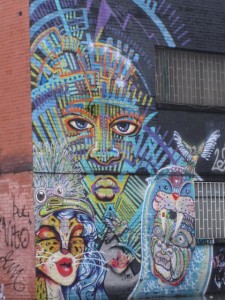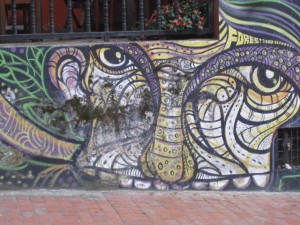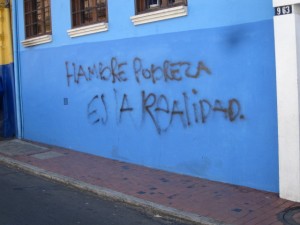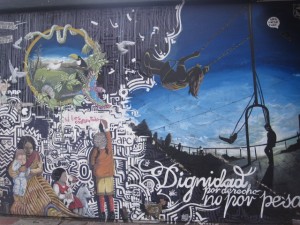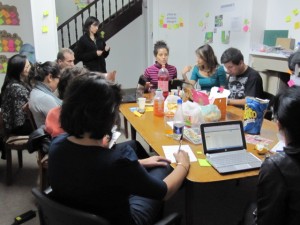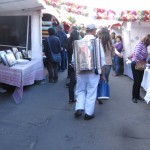Hub Bogotá y Village Capital buscan empresas sociales en Colombia
por Jennifer Clessas

Bogotá, Colombia.
Village Capital es un fondo de impacto social de los EE.UU., que invierte en empresas durante la etapa inicial de su negocio. Village utiliza el poder de grupos para desarrollar negocios con el potencial de cambiar el mundo y transformar la manera en que realiza sus inversiones. Los fondos se distribuyen a través de un programa de aceleración que dura 4 meses, con el objetivo de formar y seleccionar empresas para la inversión. El programa combina sesiones de evaluación por pares y entrenamiento con expertos, permitiendo oportunidades para establecer contactos y llevar un valor único a los emprendedores. Al final de cada programa, a partir de la selección de los expertos, dos emprendedores son elegidos para recibir una inversión de USD$50.000. La mitad de la inversión proviene de Village Capital, mientras que la otra mitad viene de un socio local.
En los últimos dos años, Village Capital puso en marcha 13 programas en todo el mundo (India, Kenia, EE.UU., Sudáfrica, Brasil), apoyando a más de 250 emprendedores. Los participantes han recaudado $ 12 millones, crearon más de 500 puestos de trabajo, y sirvieron a 7.500 clientes. Nos estamos ampliando activamente en todo el mundo, buscando nuevas ciudades, y nuevos sectores en los cuales enfocar nuestros programas (por ejemplo: energía, tecnología móvil, y un programa centrado en mujeres emprendedoras).
Llegando a Colombia
Village Capital está interesado en trabajar en conjunto con el Hub Bogotá, para llevar su programa de aceleración a Colombia. Actualmente estamos investigando el clima de las empresas sociales y la financiación disponible a juego en Colombia. Además, estamos tratando de determinar la mejor manera de ejecutar un programa en Colombia.
Invitación:
Estamos buscando todos los negocios sociales que estén interesados con el fin de recopilar información que nos ayude a implementar este programa. Las empresas que buscamos tienenlas siguientes características:
- Tienen al menos un empleado de tiempo completo,
- Tienen clientes (venden sus productos y servicios),
- No han recibido financiamiento externo sustancial,
- su modelo de impacto y de negocios están alineados (Nos dirigimos a empresas que generan impacto a través de la producción de su producto o servicio, y cuya operación e indicadores de impacto son inseparables
- Están interesadas en un programa de aceleración (Entrenamiento de12 semanas por un costo mínimo)
Las empresas interesadas pueden descargar este formulario y enviarlo por correo electrónico a Lisa Ravenel lisa.ravenel@vilcap.com para más información.
